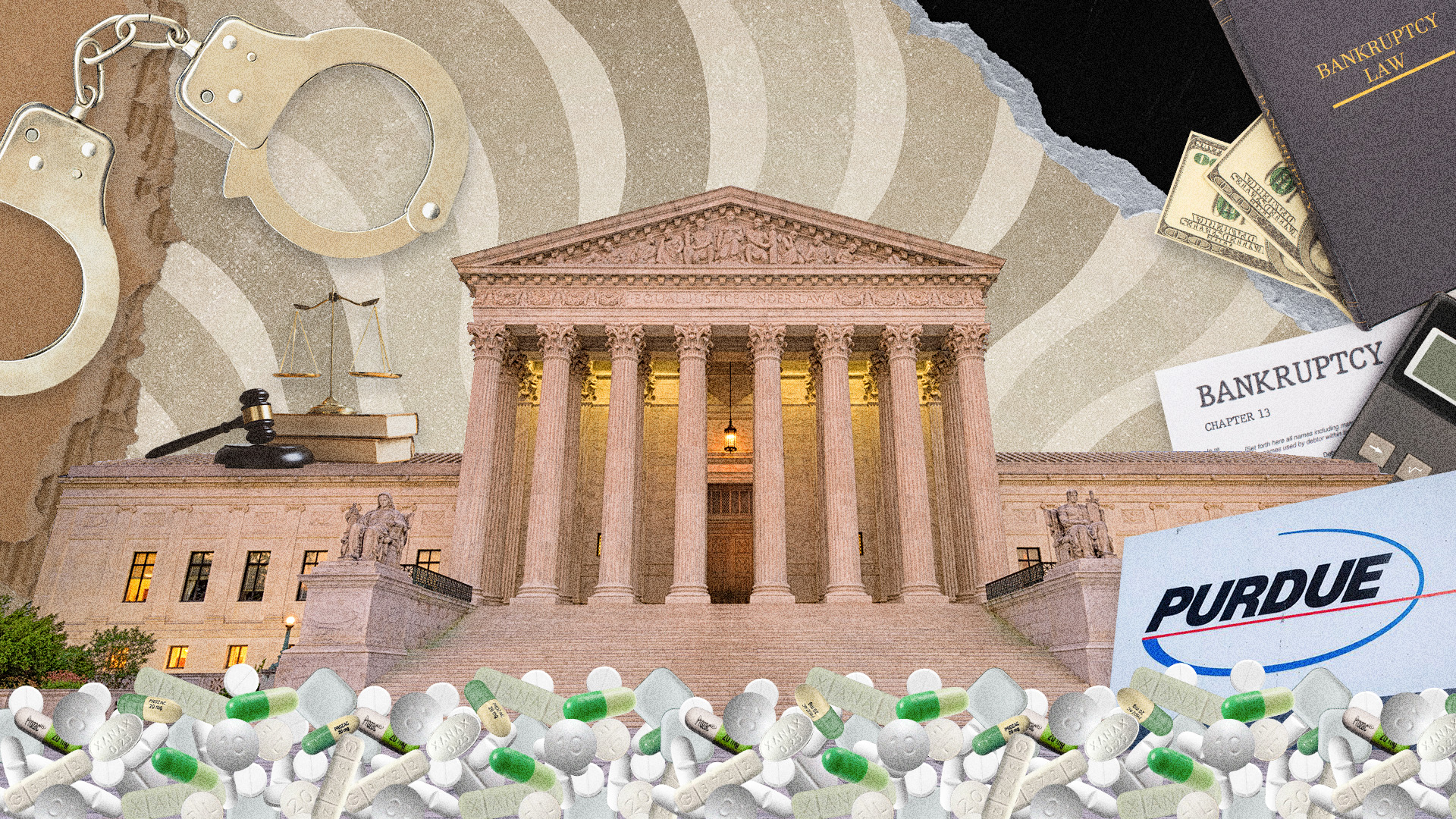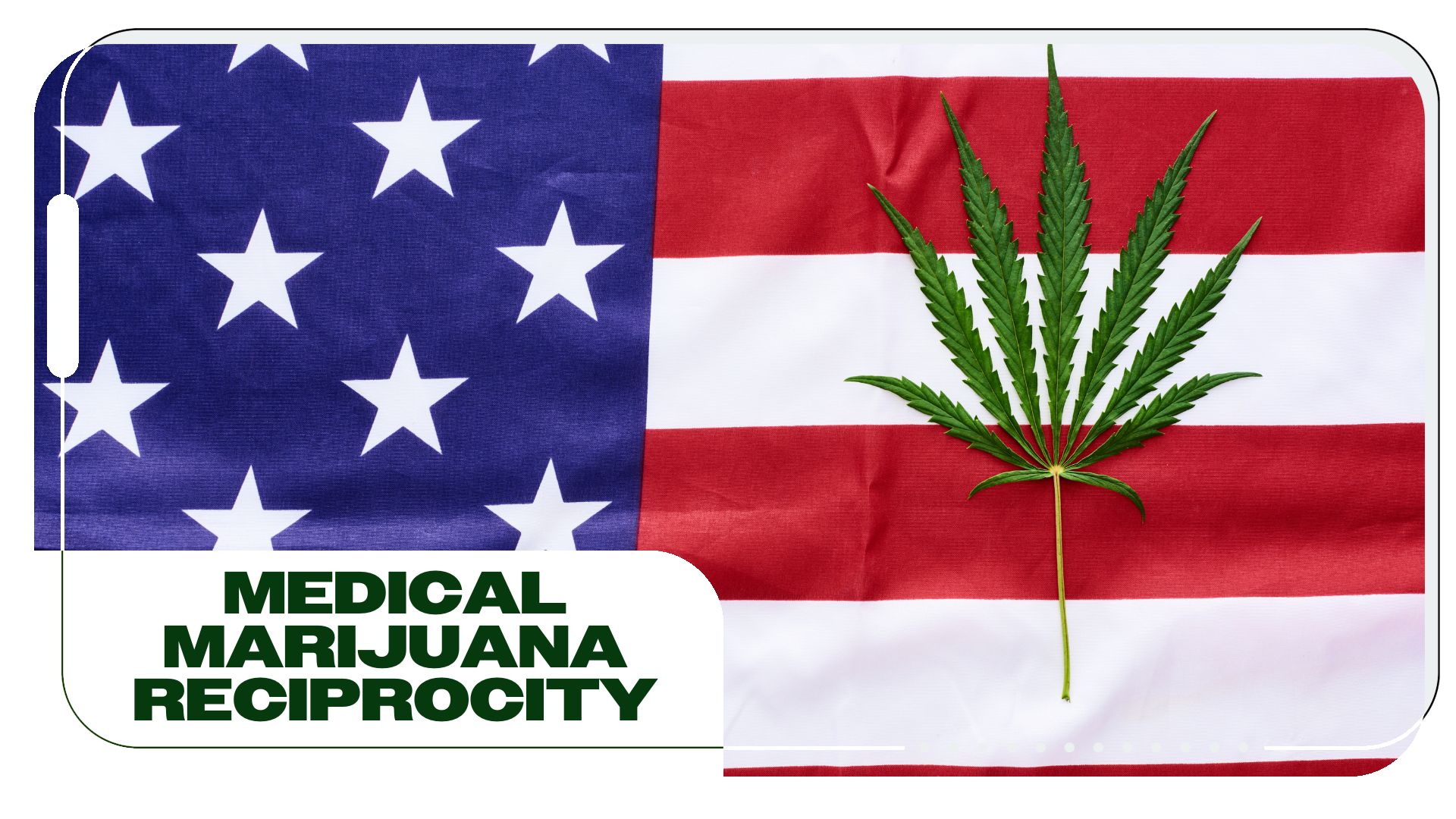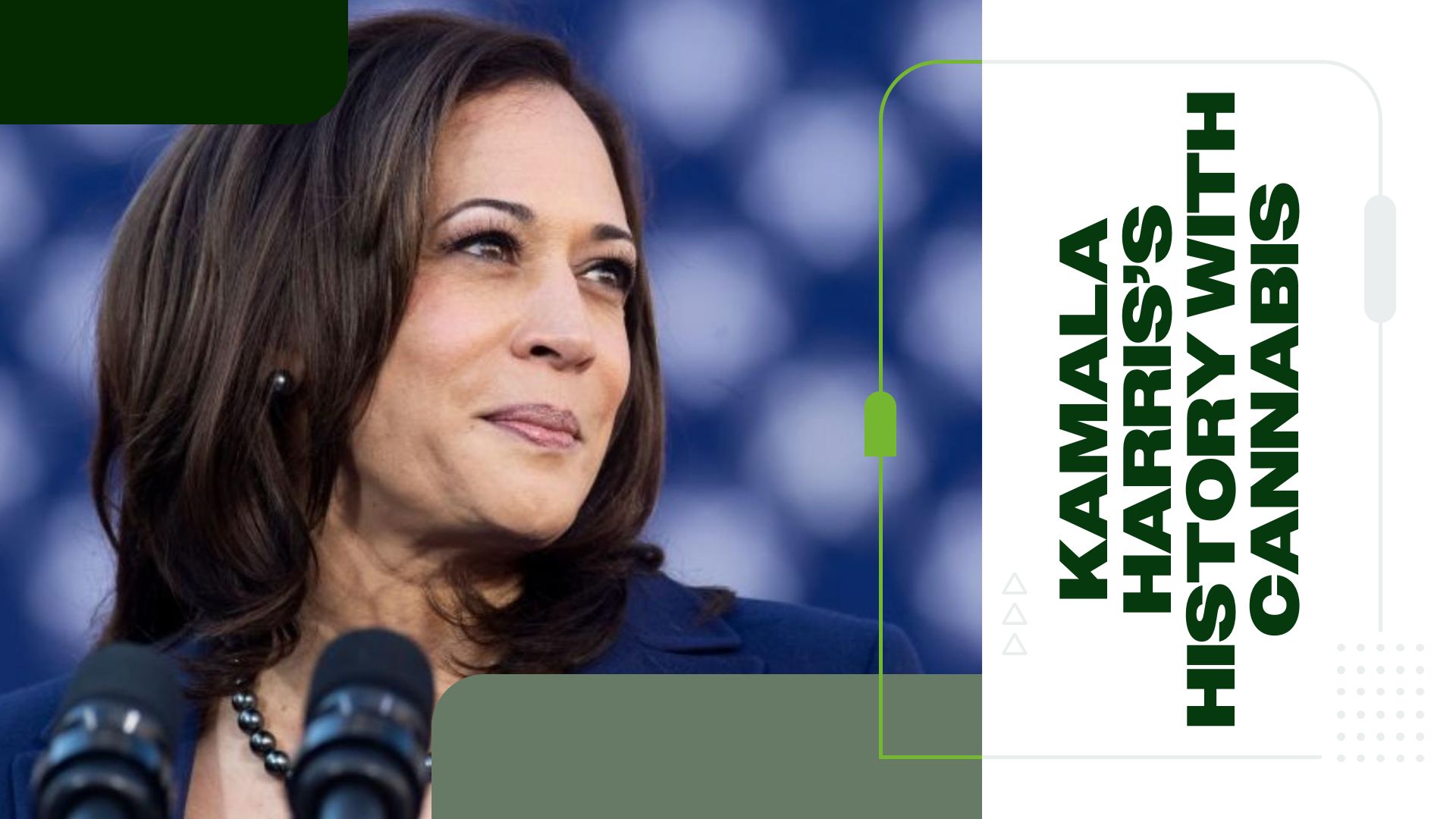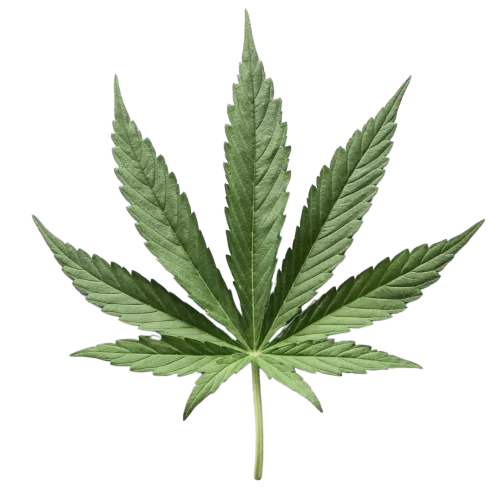According to the Center for Disease Control, nearly 645,000 people died from opioid overdoses between 1999-2021. This massive figure accounts for opioids acquired either illicitly or with a prescription.
The epidemic was largely driven by pharmaceutical companies who were well aware of the drugs’ dangerous addictive properties but nonetheless encouraged doctors to prescribe them to patients seeking pain relief. After decades of harm against both opioid users and their families, Americans are finally fighting back. The first pharmaceutical company to face substantial consequences is Purdue Pharma.
Over the last decade, Purdue Pharma has been met with lawsuits from states, local governments, Native American tribes, and victims of the epidemic. These plaintiffs are seeking damages for the company’s part in the opioid epidemic.
Faced with mountains of lawsuits after the Purdue Pharma settlement, the organization did what most American companies do in the face of consequences. In September 2019 the company filed for bankruptcy, hoping to settle with the many individuals seeking justice.
Understanding the Purdue Pharma Settlement
As part of the bankruptcy filing the Sackler family, owners of Purdue Pharma, proposed the following settlement for the many lawsuits they were facing:
- $4 billion, which plaintiffs eventually negotiated up to $6 billion, to fight the opioid crisis.
- $750 million for victims of the opioid crisis who are eligible to receive between $3,500 and $48,000 payments.
- The public release of millions of private documents from within the company.
- A vow to restructure Purdue Pharma as a public benefit company where its profits are used to make products that combat opioid addiction.
In exchange for this massive settlement, the Sackler family asked for protection from all further opioid crisis-related lawsuits. The proposed settlement was approved by 95% of victims. The 2,600 holdouts meanwhile, had an issue with the Sackler family receiving legal protection as part of the settlement.
This disagreement about the settlement terms led to years of legal back and forths, which have only recently reached their conclusion. What follows is my attempt at forming a coherent timeline of the courtroom drama that ensued.
Drama In The Courts: A Timeline
In order to go through with its bankruptcy settlement, Purdue Pharmaceuticals had to present its case to the New York-based 2nd Circut Court of Appeals. In September 2021, the court ruled that the proposed settlement — including the Sackler legal protections — was fair game. The court cited U.S. bankruptcy laws and its past decisions on similar cases as the basis of their approval.
That said, this was not a decision the court made happily. One of the presiding judges, Richard Wesely, put out an opinion stating that he reluctantly came to an agreement on the decision. Wesley stated that in his eyes, U.S. bankruptcy law does not explicity allow courts to wipe away lawsuits against non-debtors like the Sacklers. He suggested that Congress or the U.S. Supreme Court step in to clarify the issue.
Following the New York Courts’ decision, a number of states and the 2,600 holdouts challenged the approval. The detractors cited the legal protections given to the Sacklers as their reason for challenging the decision. The detractors were joined in their efforts by the U.S. Trustee, an arm of the Justice Department.
Why You Should Get Your Medical Marijuana Card
Veriheal has satisfied millions of patients nationwide by giving them access to these benefits
- Larger purchase limits
- Peace of mind
- Enhanced legal protection
- Access to higher potency strains
- Save up to 25% on cannabis purchases
- Skip the line at the dispensary
A federal district court agreed with the detractors and rejected the settlement plan in December 2021. However, even this decision would not last. Shortly after, Purdue Pharma appealed the decision, leading to ANOTHER reversal in favor of the Sacklers in May 2023.
At this point, the Justice Department asked the Supreme Court to take a look at the court’s ruling, putting a pause on Purdue Pharma’s bankruptcy settlement plan.
The Supreme Court’s Controversial Opinion on the Purdue Pharma Settlement
After much deliberation, the U.S. Supreme Court sided with Purdue Pharma on December 4th, 2023 — putting an end to the back-and-forth legal saga. The Court upheld Sackler’s $6 billion bankruptcy deal meant to help the victims of the opioid crisis. The majority of the Justices agreed that the deal was the best possible outcome for the victims, even though it shielded the Sackler family from future lawsuits.
Justice Brett M. Kavanaugh’s opinion was critical of the role the Biden Administration played in delaying the payouts to victims. Kavanaugh told a Justice Department lawyer:
“The federal government, with no stake in this at all, is telling the families we will not give you a prompt payment and to allow this money to go to the states for programs to prevent future overdoses and future victims. And all in exchange for this somewhat theoretical idea that they’ll be able to recover money down the road from the Sacklers themselves.”
That said, not all Justices were in agreement with the decision — namely Justices Neil M. Gorsuch and Ketanji Brown Jackson. The pair’s argument questioned the legality of extending bankruptcy law protections to individuals (the Sacklers) who were not bankrupt.
What’s Next For Opioid Crisis Victims?
Purdue Pharma’s massive settlement is not the last we’ll hear regarding the opioid crisis. On December 30th, 2023, San Francisco’s Federal Court ordered consulting firm McKinsey and Company to pay out $78 million for its role in the opioid crisis.
Prosecutors argued that the firm played a leading role in creating the marketing and sales tactics used by Purdue Pharma to push opioids. The case was brought forward by insurers and healthcare funds.
Author, Share & Comments








